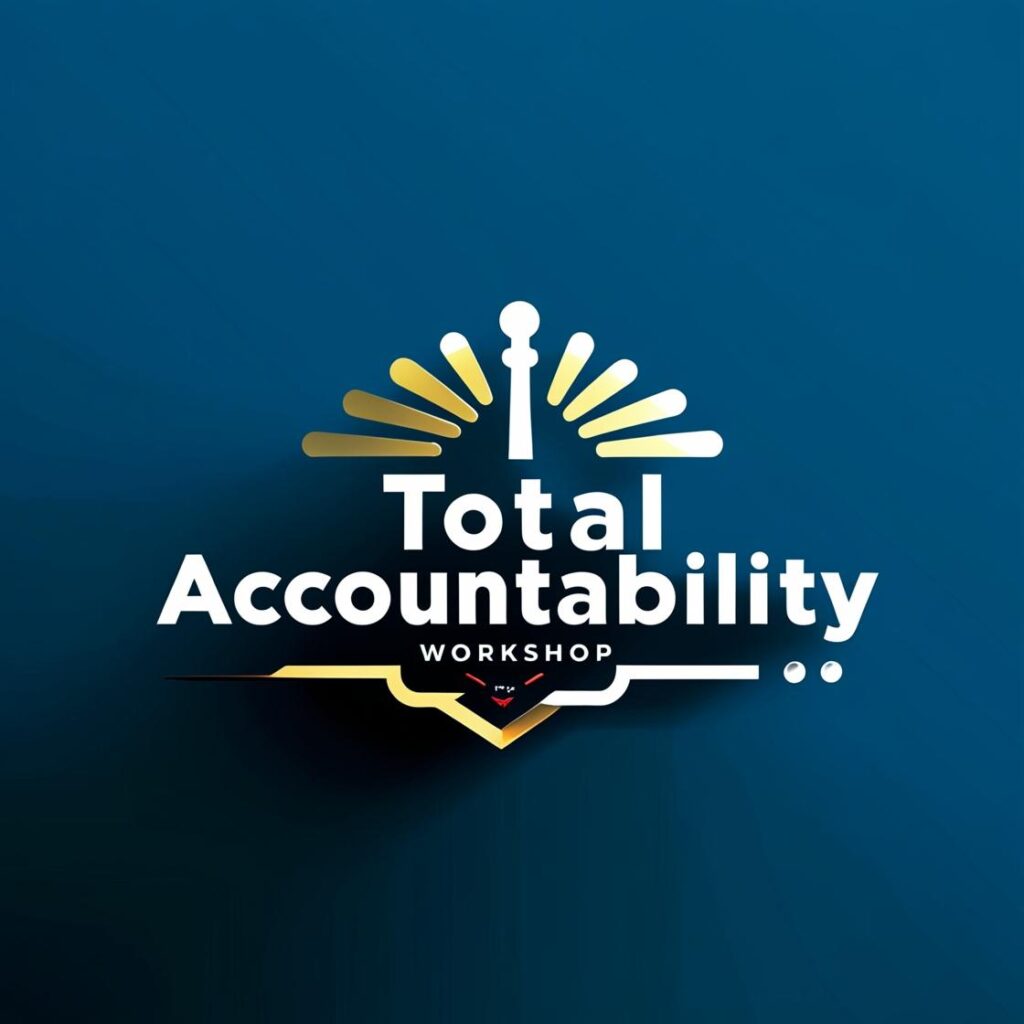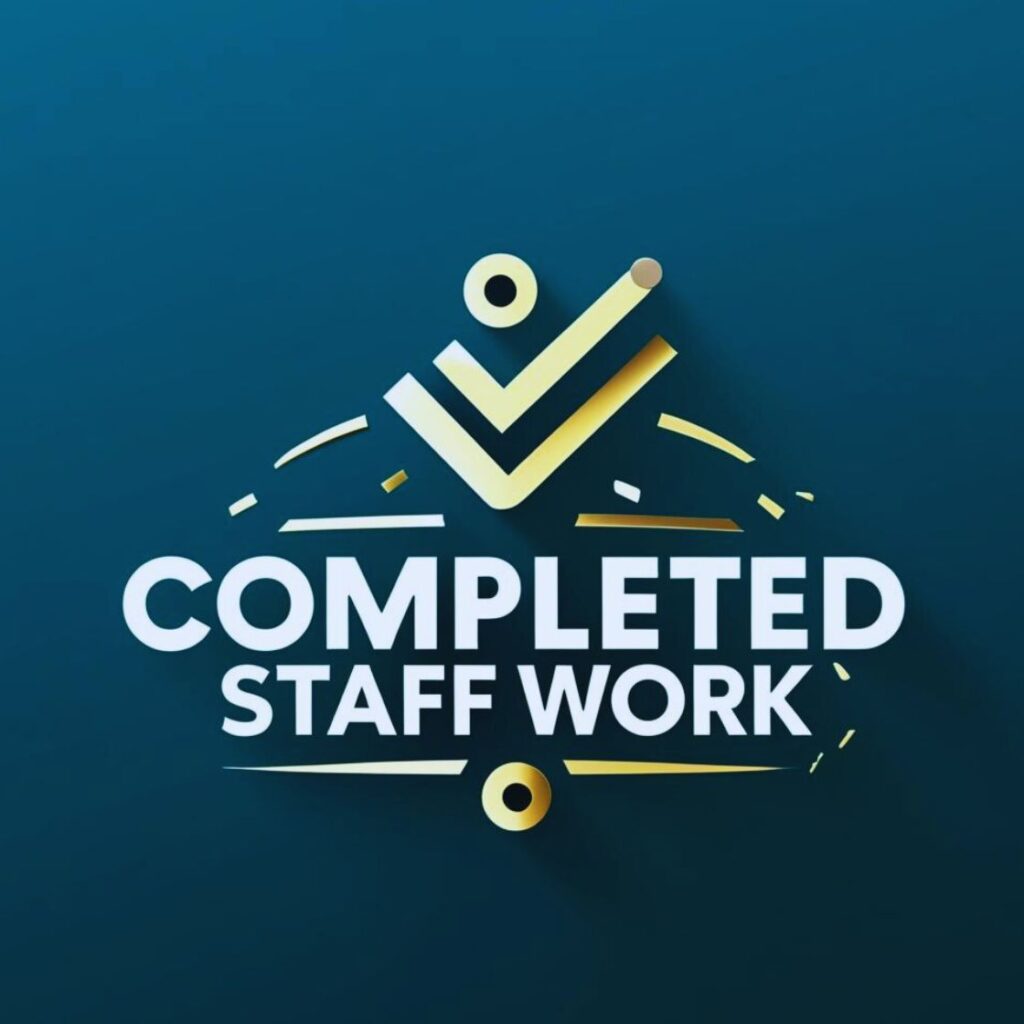Have you ever wondered what makes a great leader stand out during strategic planning sessions? It’s not just about giving orders or setting goals. Leaders must understand the whole process and guide a team through it effectively.
When leaders excel in running these sessions, the benefits are clear: teams feel more aligned, goals are met with enthusiasm, and the whole organization moves forward together. Leaders turn good plans into great outcomes.
In this article, we’ll explore why strategic leadership is crucial in strategic planning and how it can transform your approach to achieving your company’s vision.
What is strategic leadership?
Strategic leadership is the ability to influence others to voluntarily make decisions that enhance the prospects for the organization’s long-term success while maintaining short-term financial stability. Strategic leaders define the vision for the organization and craft strategies to achieve this vision.
Strategic leadership serves as the backbone. They not only devise the plan but also inspire and mobilize their teams to execute these strategies effectively.
Effective strategic leaders ensure that an organization remains focused and efficient in achieving its goals. It is essential for aligning resources and actions with mission and vision, thereby enhancing overall performance.
Key Traits of Strategic Leaders
Strategic leaders are like everyday heroes in the business world. They see things differently and know how to simplify complex problems.
These leaders are skilled at focusing on key players and actions that dramatically enhance their company’s performance.
Visionary Thinking
Strategic leaders are those who can look into the future and see opportunities where others might not. They think about what’s next, not just what’s now, which helps them guide their teams toward long-term success.
Decisiveness
Being decisive is crucial for these leaders. They make tough choices quickly and stand by them, which keeps their team moving forward even in uncertain times.
Consider a restaurant chain CFO who decides to switch to a delivery-only model during an unexpected city-wide curfew. This quick decision helps the chain stay operational and financially stable when dining in isn’t an option.
Adaptability
The best strategic leaders can pivot and adapt when faced with new challenges. They are not rigid but flexible, adjusting their strategies as the market or situation changes.
Communication Skills
These leaders know how to talk and listen. They clearly explain their vision and strategies, making sure everyone from employees to stakeholders understands the path forward. A non-profit leader, for example, uses simple stories and clear statistics to share the organization’s goals and achievements, engaging more volunteers and donors effectively.
Integrity
Strategic leaders are trusted because they act with integrity. They are honest and transparent, making ethical choices that reinforce their credibility.
Take the case of a tech startup CEO who openly admits to a product flaw and recalls it, ensuring customer safety and trust despite the potential short-term financial loss.
Empathy
They also have a great deal of empathy, understanding and caring about the feelings and experiences of others. This trait helps them connect with their team and foster a supportive environment.
For example, an IT company manager introduces mental health days and flexible schedules, recognizing the stress his team faces, which boosts morale and productivity.
Focus on Development
These leaders are committed to helping their team grow. They invest in their team’s future through training and opportunities for advancement, recognizing that the success of their employees drives the success of the entire organization.
A manufacturing company leader, for instance, offers scholarships for employees to pursue further education in fields relevant to their work, enhancing their skills and the company’s capabilities.
Collaborative Spirit
Finally, strategic leaders value teamwork. They believe in the power of bringing different minds together to refine and improve their strategies.
A project leader at a software company regularly organizes team workshops where everyone from interns to senior developers can pitch new ideas for the company’s next big app.
Strategic leaders are the type who know that the strength of their team is central to their success.
They look for partners who can magnify their efforts and help achieve ambitious goals more efficiently. By focusing on who to bring along on the journey before deciding what the journey is, they ensure they’re not just building a business but a thriving community that can sustain success over the long haul.
Great leadership isn’t an event—it’s a habit. Get actionable leadership habits every Monday and Thursday.
The Important Roles of Leaders
In many strategic planning sessions, I’ve noticed a common trend: leaders often aim for figures that are just 10 or 20 percent higher than last year’s.
It’s almost like they’re copying and pasting from the past. This approach might hold up if everything in the market stays the same, but we all know that’s hardly the case.
These sessions usually run for two or three days, with a good chunk of time spent on team building. It’s a standard formula that feels safe because it rarely rocks the boat. But is it really the best we can do?
The thing is, the market is always changing, and sticking to the same old numbers won’t cut it. Managers need to step up and see themselves not just as caretakers, but as bold leaders who can drive the company to greater heights.
They should push not only for bigger financial goals but also for significant growth in areas like team development and innovation. It’s about inspiring everyone to look beyond the next year and to think big.
Incremental growth is playing it safe, sure. But aiming for substantial improvement across the board is actually a safer bet in the long run. It builds a stronger company ready to face whatever comes next.
Leaders have a huge role in this shift. It’s up to them to challenge the status quo, inspire their teams, and really push the boundaries of what’s possible. Let’s not settle for just a little better than last year. Let’s go big.
The Danger of Simply Following Trends
Remember when nearly every college in the Philippines started offering nursing courses back in the early 2000s? It seemed like a safe bet—there was a huge demand for nurses abroad, and the pay was good. So, schools rushed to cash in on the trend, not really thinking if it fit their strategic plan or what the market might need in the long term.
When too many schools jumped on the bandwagon, the market became saturated. By the mid-2000s, there were more nursing graduates than there were jobs available, especially as global demand started to stabilize.
This left a lot of graduates stuck, underemployed, or working in unrelated fields. Schools that had invested heavily in nursing programs found their resources strained and their reputations dinged when they couldn’t deliver the promised careers.
The lesson? It’s crucial for institutions, like any business, to really think about their unique strengths and market needs before following the crowd.
Strategy should lead the way, not just follow the trend.
Communication Effectively Your Ambitions
Strategic planning isn’t just a once-a-year meeting. It’s about constantly guiding your team, making sure everyone knows the company’s goals and how they fit into achieving them.
Good communication is the key to making this happen.
A lot of times, strategic planning falls short because it feels more like a routine task. Leaders run through the motions, and once the session is over, the plan just sits on a shelf collecting dust. That’s not effective. Daily operations then just roll on as usual, with last year’s habits steering the wheel.
After setting strategic goals, leaders shouldn’t just move on. They need to keep talking about these ambitions. Whether it’s weekly updates or monthly meetings, keep the conversation alive. Make sure everyone knows what’s happening and why.
But communication should start even before the planning session begins.
Setting the stage is crucial. Let everyone know what to expect and encourage them to think big. This might mean hosting a creative workshop or a team-building event to spark innovative thinking.
And when it’s time to plan, it’s important that everyone feels free to speak up. Open dialogue can lead to new ideas and strategies that might have been overlooked otherwise.
Think of it as preparing a garden. You wouldn’t just throw seeds on the ground and hope for the best. You prepare the soil, plant the seeds carefully, and keep watering until you see growth. It’s the same with strategic planning.
By shifting from an old world approach—seeing planning as a task—to a new world approach—embracing it as an ongoing conversation—you change not just plans, but mindsets and outcomes.
Leaders need to be the champions of this change, constantly nurturing their team’s understanding and commitment to the collective goals.
Build Your Strategy Team
When it comes to strategic planning, remember the rule: “First Who, Then What.” Before plotting the path, focus on who’s walking with you. The right people shape and execute the plan, not just the ideas.
Start with small teams. They’re agile, can dream big—think 10x—and they’re ready to pitch bold ideas. When you empower these teams and give them the right tools, they create amazing things.
Team building is key, but go beyond just fun and games. Make it a strategic session that teaches your teams to set ambitious goals and think big. This isn’t just a day off; it’s a growth opportunity.
These sessions help your team zoom out from daily tasks and see the bigger picture. They encourage thinking beyond current limits. This is where great strategic ideas start.
Guide your teams in these sessions to think strategically. They should leave with a mindset tuned to your company’s broader vision, ready to tackle big challenges.
By focusing on ‘who’ before ‘what,’ you ensure your team isn’t just capable of creating a strategic plan but also executing it effectively. This approach transforms strategic planning from a routine exercise into a powerful tool for growth.
Common Challenges and How to Overcome Them
Strategic leadership is key in guiding an organization toward success, but it often comes with its own set of hurdles. Resistance to change is a big one.
It’s natural for people to be uneasy about new directions because it shakes up their routine. Leaders usually face pushback when they introduce new strategies or shift the company’s course.
Another frequent obstacle is team misalignment. When team members don’t see eye-to-eye on goals or processes, it can lead to confusion and slow down progress.
One of the best ways to combat resistance to change is through clear and frequent communication. It’s important for leaders to clearly explain why changes are necessary and how they will benefit everyone. Keeping everyone in the loop helps reduce uncertainties and builds trust.
Involve the team in decision-making. Let team members share their ideas and concerns so they feel heard and understood. This increase their buy-in and support for the strategy. This also fosters a sense of ownership and commitment.
A strong, clear vision helps everyone understand the bigger picture and see how their individual efforts contribute. Leaders should continuously link back all projects and changes to this broader vision.
Sometimes, resistance stems from fear of the unknown. Providing training and support can help team members feel more confident and capable as they navigate new challenges. Showing that you’re supportive and committed can make a big difference.
Lastly, leading by example is powerful. When leaders embrace changes themselves, it inspires the team to adjust and engage with new ideas. Demonstrating your own commitment to the vision and adaptability can motivate everyone to pull together and move forward as a united team.
Leaders, your role in strategic planning is crucial. It’s essential to prepare your team to think big—think 10x—and align their efforts towards bold, transformative goals. This mindset is key to driving your organization forward.
If you’re looking to make your next strategic planning session a truly impactful experience, I’m here to help. Let’s ensure your strategic planning not only sets ambitious goals but also achieves them.












